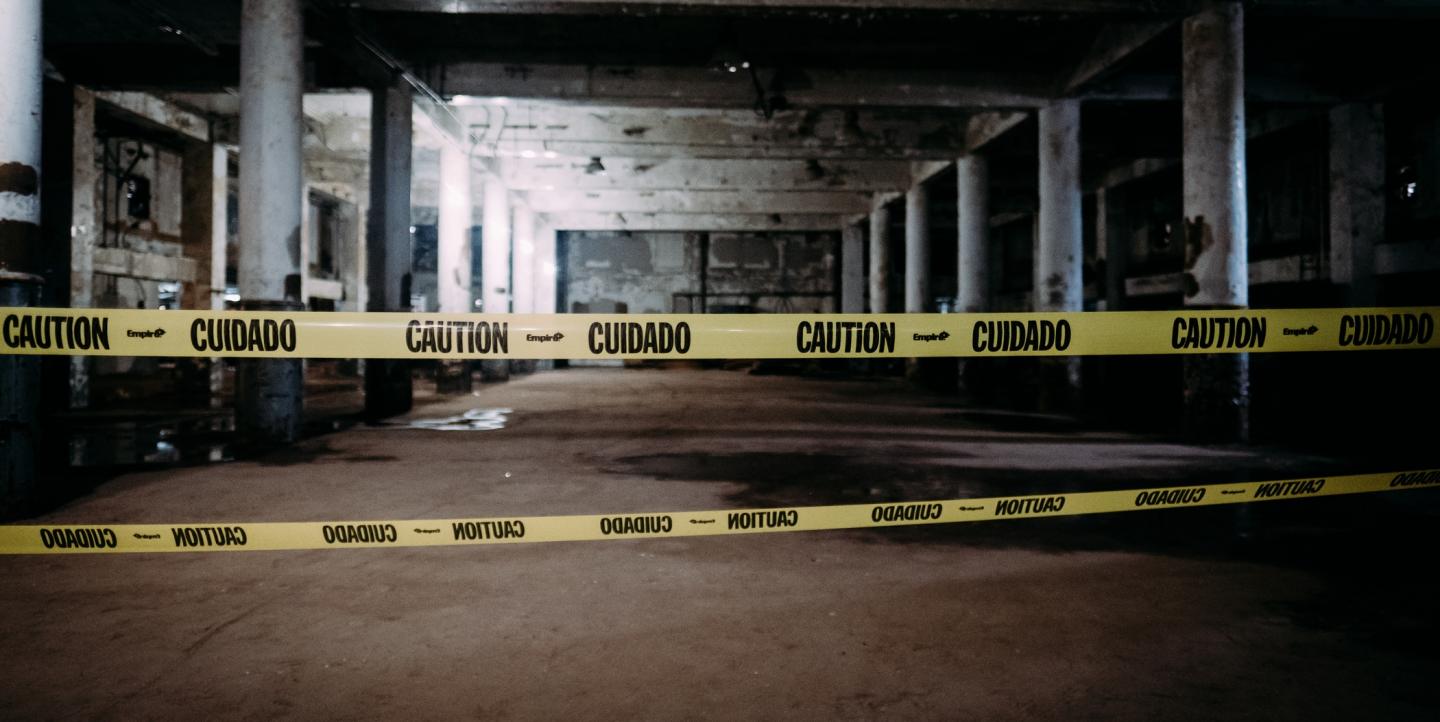At the end of June, five newsroom staff were killed at the Capital Gazette in Annapolis, Maryland. It was the 154th mass shooting of 2018 in the U.S. alone. Since then, the number has risen to 212, according to the Gun Violence Archive. The organization counted eight incidents in the first five days of August alone.
Mass shootings account for a small fraction of gun-related deaths in the country, but they are terrifying events whose magnitude attracts intense media coverage. A study from 2017 revealed that American journalists think reporting on these tragic incidents has become routine.
There are several resources available to anyone tasked with informing the public about a mass shooting, although — according to the aforementioned study — many journalists still resort to harmful reporting habits.
In this context, using best reporting practices helps prevent copycats and minimizes inaccurate speculations. Responsible journalism steers clear of sensationalism, respects victims and their families and avoids using images or information that glorify violence.
Last year, UNESCO released a media handbook to fight “explosive rhetoric, overblown coverage and stigmatization of minority groups” in the context of terrorist actions. Poynter’s News University also offers a free webinar about reporting on mass shootings.
IJNet asked two experts from the webinar, Daniel Reidenberg and Russell Palarea, for helpful recommendations for journalists. Their tips are summarized below.
Avoid naming the alleged shooter
“The less descriptive and fewer times the shooter is named, the less likely [you are] to have a copycat who wants to outdo him,” says Reidenberg, executive director of Suicide Awareness Voices of Education. “Rather, spend time on the victims and the heroes who jump in to help others.”
To reduce the risk of spreading the contagion effect, journalists should describe the shooter’s behavior as illegal and harmful, presenting facts in a way that doesn’t romanticize his/her history and actions.
Avoid speculation about mental illness
The majority of people who live with a mental illness are not violent, so be careful that your reporting is not misleading or prejudicial. “Do not automatically suspect or, worse, conclude in your reporting that the shooter is mentally ill,” warns Reidenberg. “Doing so reduces the chance those living with a mental illness will seek treatment.”
If it is confirmed that the shooter had received a formal psychiatric diagnosis and you’re including that information, do not oversimplify the situation and imply that mental illness was the cause of their harmful behaviors. If possible, add a tagline about crisis lines or similar resources.
Do not give killers notoriety
The FBI studied 160 “active shooter incidents” between 2000 and 2013; officials concluded that many shooters have been inspired by previous incidents and seek the same notoriety.
“Sensationalized reporting that shows the subject posing with weapons or with a menacing expression can fuel the subject’s motivation to commit the attack,” explains Dr. Russell Palarea, an operational psychologist and threat assessment professional. “In some cases, sensationalized reporting is what they seek.”
Once they obtain it, that may spur further attacks. “Focus less on body counts and record attacks, and more on the stories of those who lost their life, and the identifiable risk factors to help prevent the next attack,” suggests the doctor.
Educate about warning signs
Mass shootings — and other forms of violent public attacks — don’t happen in a vacuum, as Palarea explains: “They often begin with a perceived grievance, they sometimes begin with a desire to seek notoriety, and they sometimes begin with both.” There is often a build-up, during which the subject prepares and decides to commit the attack.
Journalists have the power to raise awareness about warning signs, including monitoring targets and target sites, explicit threats, expressing admiration for previous attackers, exhibiting violent behaviors and purchasing weapons. Informing the public about behaviors that could lead to mass violence can contribute to preventing further incidents.
This does not mean the media should speculate about motives, but it gives them a chance to educate the public about the complexity of violence and encourage more people to seek help for themselves or others.
Mass shootings are traumatic events that should not be oversimplified or sensationalized. Journalists can minimize their reporting on perpetrators and focus on victims and their stories instead, while still avoiding stigma and further harm. They need to be thoughtful in interviews with survivors and members of the affected community; as IJNet and the Dart Center for Journalism and Trauma suggest: show respect, compassion and transparency with your sources.


